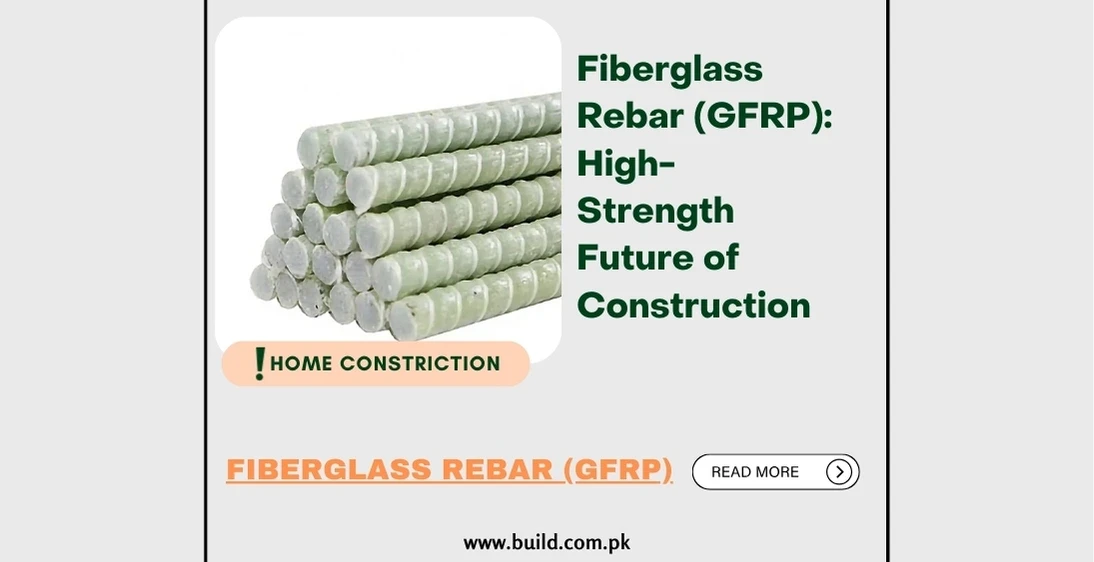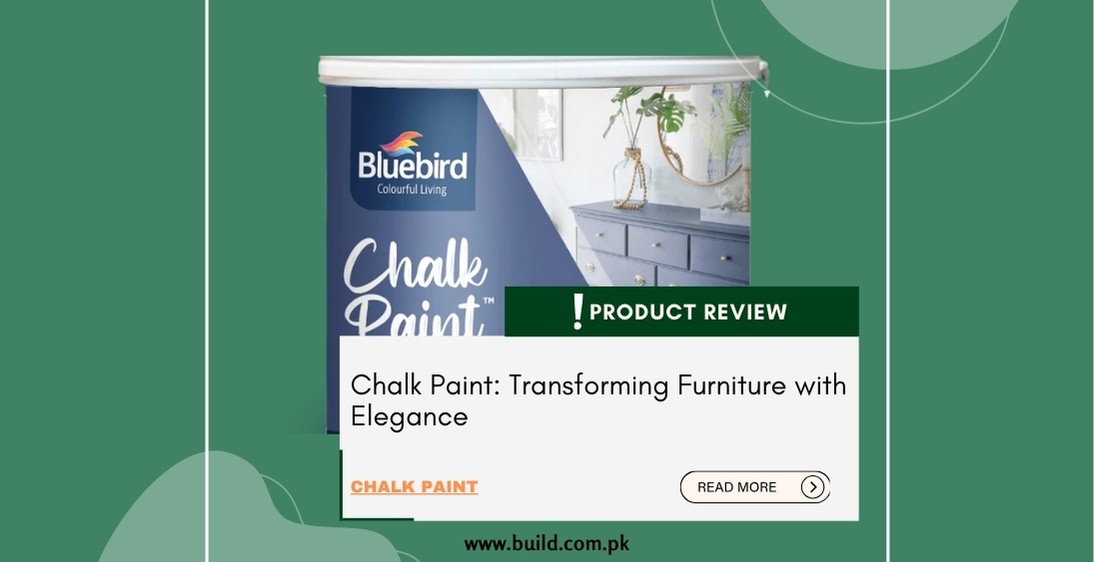Kitchen Design Ideas for 2024: Innovative Culinary Space

Introduction:
The
kitchen is the heart of the home, a place where culinary creativity meets
family gatherings and everyday routines. As we move into 2024, kitchen design
continues to evolve, blending functionality with style and embracing innovative
trends that cater to modern lifestyles. Whether you're planning a complete
kitchen overhaul or looking to update certain elements, this comprehensive
guide will provide you with inspiring ideas and practical tips to transform
your kitchen into a stylish and efficient space.
Open-Concept Layouts
The Open-Concept Revolution:
Open-concept
kitchens have been a popular design choice for years, and their appeal shows no
signs of waning in 2024. This layout removes barriers between the kitchen,
dining, and living areas, creating a seamless flow and fostering a more social
and inclusive environment.
Benefits:
Enhanced
Social Interaction: With fewer walls, open-concept kitchens allow for better
interaction between family members and guests, making it easier to entertain
and communicate.
Increased
Natural Light: The removal of walls allows natural light to penetrate deeper
into the space, making the kitchen feel brighter and more welcoming.
Flexible
Space Utilization: Open layouts provide flexibility in furniture arrangement
and can make small spaces feel larger and more functional.
Design Tips:
Consistent
Flooring: Use the same type of flooring throughout the open space to create a
cohesive look and enhance the sense of continuity.
Coordinated
Color Scheme: Choose a color palette that flows seamlessly from the kitchen to
the adjoining areas to maintain visual harmony.
Multifunctional
Islands: Incorporate a kitchen island that serves multiple purposes, such as
additional prep space, seating, and storage.
Smart Kitchen Technology
The Rise of the Smart Kitchen:
As
technology continues to advance, smart kitchens are becoming an integral part
of modern home design. Integrating smart appliances and gadgets can
significantly enhance convenience, efficiency, and sustainability.
Smart Appliances:
Smart
Refrigerators: Equipped with touch screens, cameras, and Wi-Fi connectivity,
smart refrigerators can help you keep track of groceries, create shopping
lists, and even suggest recipes based on available ingredients.
Voice-Activated
Assistants: Devices like Amazon Alexa and Google Assistant can control various
kitchen appliances, set timers, and provide cooking tips, all through voice
commands.
Smart
Ovens and Cooktops: These appliances offer features like remote control,
automated cooking programs, and precise temperature control, making cooking
easier and more efficient.
Design Tips:
Integrated
Charging Stations: Include charging stations or outlets for smart devices and
appliances in your kitchen design to keep everything powered and accessible.
Smart
Lighting: Install smart lighting systems that can be controlled via smartphone
or voice commands to adjust the ambiance and improve energy efficiency.
Sleek
and Minimalist Design: Ensure that smart appliances blend seamlessly with the
overall kitchen design by opting for sleek, minimalist styles.
Sustainable and Eco-Friendly Designs
The Importance of Sustainability:
Sustainable
kitchen design is not only beneficial for the environment but also promotes a
healthier living space. Eco-friendly materials, energy-efficient appliances,
and waste reduction strategies are key components of a sustainable kitchen.
Sustainable Materials:
Recycled
and Reclaimed Materials: Use recycled or reclaimed wood for cabinetry,
countertops, and flooring to reduce environmental impact.
Bamboo:
As a fast-growing and renewable resource, bamboo is an excellent choice for
sustainable kitchen elements such as flooring, countertops, and utensils.
Low-VOC Paints and Finishes: Choose paints and finishes with low volatile organic compounds (VOCs) to improve indoor air quality.
Design Tips:
Natural
Lighting: Maximize the use of natural light with large windows, skylights, or
light tubes to reduce the need for artificial lighting during the day.
Indoor
Plants: Add indoor plants to your kitchen for improved air quality and a touch
of greenery.
Eco-Friendly
Cabinetry: Opt for cabinetry made from sustainably sourced wood or recycled
materials, and use non-toxic adhesives and finishes.
Multi-Functional Spaces
The Versatility of Multi-Functional Kitchens:
Modern
kitchens are often multi-functional spaces that serve as cooking areas, dining
spots, home offices, and social hubs. Designing a kitchen with versatility in
mind can enhance its functionality and make it more adaptable to various needs.
Design Elements:
Kitchen
Islands: A well-designed kitchen island can serve as a prep area, dining table,
storage unit, and workspace. Consider adding power outlets and storage
solutions to maximize its functionality.
Convertible
Furniture: Invest in furniture that can be easily reconfigured or repurposed,
such as fold-out tables, extendable countertops, and modular seating.
Hidden
Storage: Incorporate hidden storage solutions to keep the kitchen organized and
clutter-free. Pull-out shelves, built-in cabinets, and under-bench storage can
help make the most of the available space.
Design Tips:
Flexible
Layouts: Plan a flexible layout that can be easily adapted to different
activities, such as cooking, dining, working, and entertaining.
Zoning:
Create distinct zones within the kitchen for different functions. For example,
designate areas for food prep, cooking, cleaning, and dining to streamline
workflow and improve efficiency.
Seamless
Transitions: Ensure smooth transitions between different areas of the kitchen
by using consistent materials, colors, and design elements.
Bold Colors and Patterns
Embracing Boldness in Kitchen Design:
Bold
colors and patterns are making a comeback in kitchen design, allowing
homeowners to express their personality and creativity. From vibrant hues to
eye-catching patterns, incorporating bold elements can add a unique and dynamic
touch to your kitchen.
Color Trends:
Deep
Blues and Greens: Rich, saturated shades of blue and green can create a
striking and sophisticated look. Consider using these colors for cabinetry,
backsplashes, or accent walls.
Bright
and Cheerful Yellows: Yellow is a warm and inviting color that can brighten up
any kitchen. Use it sparingly as an accent color to add a pop of brightness
without overwhelming the space.
Moody Grays and Blacks: Dark grays and blacks can add a touch of elegance and drama to your kitchen. Balance these colors with lighter elements to prevent the space from feeling too dark.
Design Tips:
Balance
and Contrast: Balance bold colors and patterns with neutral elements to create
a harmonious look. For example, pair vibrant cabinetry with white countertops
and walls.
Accent
Pieces: Use bold colors and patterns in smaller, easily changeable elements
such as barstools, rugs, and accessories. This allows you to update the look
without a major renovation.
Cohesive
Theme: Ensure that the bold elements you choose complement each other and fit
within a cohesive design theme. This will help create a polished and
well-coordinated look.
Conclusion:
The
kitchen is more than just a place to cook; it’s a space where functionality
meets creativity, and style meets practicality. By embracing open-concept
layouts, integrating smart technology, prioritizing sustainability, designing
for multi-functionality, and incorporating bold colors and patterns, you can
transform your kitchen into a modern, efficient, and beautiful space. As you
plan your kitchen design for 2024, consider these trends and ideas to create a
culinary haven that meets your needs and reflects your personal style.









